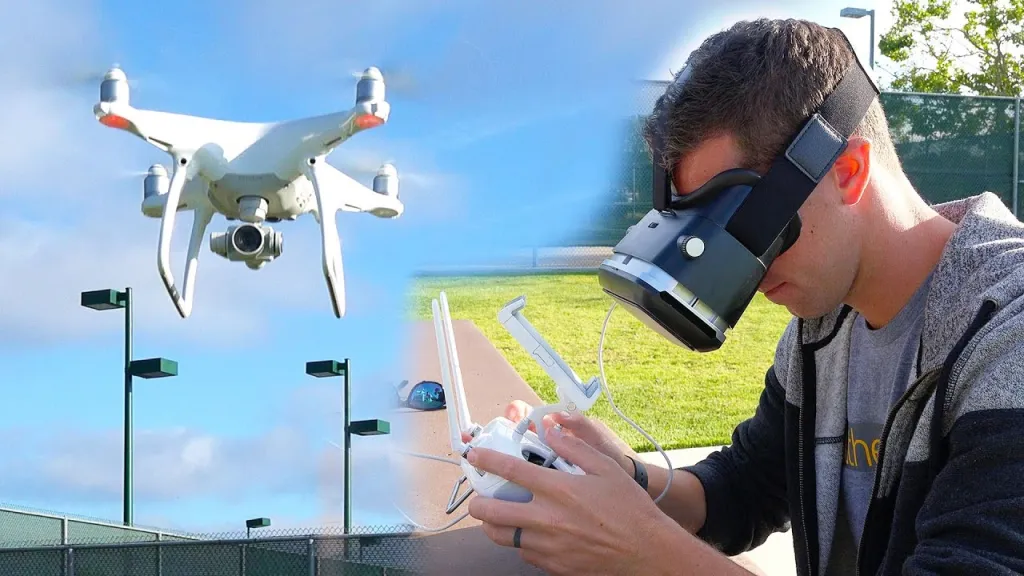At Magic Leap’s first LEAP developer conference on last Wednesday, the main focus was largely on inspiring artists and developers to find new ways to create – or that would be interested in creating an augmented reality worlds.
The company’s Magic Leap One headset has been available only in a couple of US cities up until now. Today it is available across the entire US. The price remains the same, at a pricey $2,295, but with the option of two-year financing, starting at $96 a month and may offer developers an easier way to foot the bill.
Prescription lenses are now being offered as well, something that was promised back when I first tried the Magic Leap One Creator’s Edition in August. But my eyes are still too myopic for prescription lenses, and yours could be too. Check when you are ordering to be safe, or you will need contact lenses for it. (I’m around a -8.5.)
The Magic Leap One is the best standalone Augmented Reality headset at the moment, but it is still an embryonic technology that is more of an exploratory tool than a global-market device.
Games and apps announced: Star Wars Programs, Insomniac’s Seedling, an AI personality
There isn’t so many apps to call it an app library for the Magic Leap One yet, but more games and different experiences are slowly arriving. Magic Leap launched some new games into its Magic Leap World app store on Wednesday: a full version of the WETA Workshops-developed steampunk FPS Dr. Grordbort’s Invaders, which I tried briefly in August, very briefly; Angry Birds: FP Slingshot; Wayfair Spaces (a furniture-layout shopping application); and an experimental augmented audio app from Sennheiser.
Other upcoming apps were promoted too: Seedling, from Insomniac Games, looks like an alien Augmented Reality gardening game. ILMxLabs’ Star Wars: Project Program is coming to Magic Leap in December, featuring lots of Porgs and Anthony Daniels as a C-3P0. And Magic Leap announced Mica, a human-alike AI designed to find explore how AR can help achieve better communication and intimacy.
Magic Leap’s conference also revealed plans for the headset’s evolution over the next coming months, including support for a couple of a six-degree-of-freedom controllers by late 2018, along with iris-unlocking on device bio-metrics using eye tracking. AT&T’s John Donovan was at the conference as well, promoting information on AR’s potential in 5G and compared the Magic Leap to the first iPhone.
AT&T is creating a 5G test zone at Magic Leap’s headquarters at Florida, in order to start working on future projects over fast wireless broadband. Eventually, according to Magic Leap CEO Rony Abovitz, their plan is for scale throughout the city interconnectedness to allow augmented ‘Magicverses’ to dovetail with IoT and create new ways for virtual and real things to interact together.














